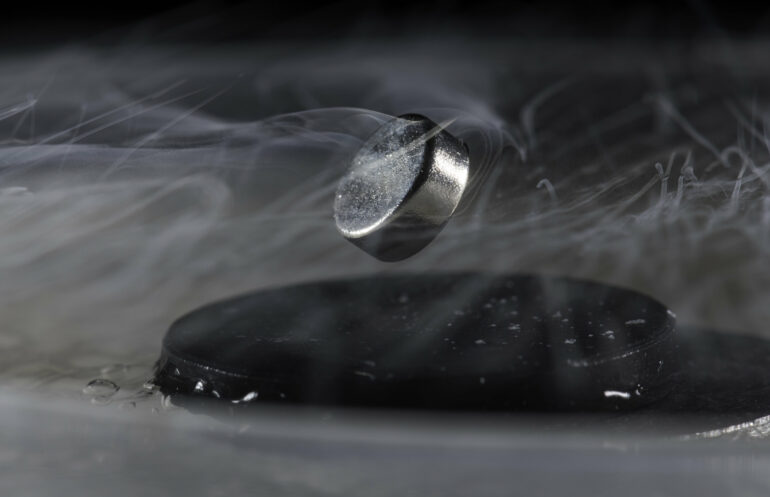On April 8, 1911, Dutch physicist Heike Kamerlingh Onnes scribbled in pencil an almost unintelligible note into a kitchen notebook: “near enough null.”
The note referred to the electrical resistance he’d measured during a landmark experiment that would later be credited as the discovery of superconductivity. But first, he and his team would need many more trials to confirm the measurement.
Their discovery opened up a world of potential scientific applications. The century since has seen many advances, but superconductivity researchers today can take lessons from Onnes’ original, Nobel Prize-winning work.
I have always been interested in origin stories. As a physics professor and the author of books on the history of physics, I look for the interesting backstory – the twists, turns and serendipities that lie behind great discoveries.
The true stories behind these discoveries are usually more chaotic than the rehearsed narratives crafted after the fact, and some of the lessons learned from Onnes’ experiments remain relevant today as researchers search for new superconductors that might, one day, operate near room temperature.
Superconductivity
A rare quantum effect that allows electrical currents to flow without resistance in superconducting wires, superconductivity allows for a myriad of scientific applications. These include MRI machines and powerful particle accelerators.
Imagine giving a single push to a row of glass beads strung on a frictionless wire. Once the beads start moving down the wire, they never stop, like a perpetual motion machine. That’s the idea behind superconductivity – particles flowing without resistance.
Superconductivity happens when a current experiences no electrical resistance.
For superconductors to work, they need to be cooled to ultra-low temperatures colder than any Arctic blast. That’s how Onnes’ original work cooling helium to near absolute zero temperature set the stage for his unexpected discovery of superconductivity.
The discovery
Onnes, a physics professor at the University of Leiden in the Netherlands, built the leading low-temperature physics laboratory in the world in the first decade of the 20th century.
His lab was the first to turn helium from a gas to a liquid by making the gas expand and cool. His lab managed to cool helium this way to a temperature of -452 degrees Farenheit (-269 degrees Celsius).
Onnes then began studying the electrical conductivity of metals at these cold temperatures. He started with mercury because mercury in liquid form can conduct electricity, making it easy to fill into glass tubes. At low temperatures, the mercury would freeze solid, creating metallic wires that Onnes could use in his conductivity experiments.
On April 8, 1911, his lab technicians transferred liquid helium into a measurement cryostat – a glass container with a vacuum jacket to insulate it from…



